Royals are on the verge of October with a sweep of the Nationals
The Royals win all three against the Nationals and are now just one game away from returning to the postseason.
A seven-game losing streak? Ancient history. Can I interest you in a three-game winning streak? So much better.
The Royals rose to the occasion and showed up to play when it mattered most. They took Thursday’s series finale by a 7-4 score, capping a three-game sweep of the Nationals. In the process, they reduced their magic number to two. (More on that in a moment.)
The boys are back to playin’ some ball. Just in time.
About that whole magic number thing…It was two. Until the Twins lost in brutal fashion to the Miami Marlins, 8-5 in 13 innings. I thought the Manfred Man was supposed to shorten these extra-inning games. Instead, it only contributed to the ongoing torture of Twins fans. That that any of you would complain about that.
So the Twins defeat reduces the Royals magic number to one. A single game. On the 10-year anniversary of the Royals clinching their first postseason appearance in 29 years, they are just a single game away from returning to the promised land.
The Tigers won, because the Tigers never lose, apparently, so there’s still plenty to play for. The Tigers can still jump the Orioles for the fourth seed, but the most likely scenario playing out over the season’s final three games is where the Royals and Tigers will travel for their Wild Card series.
So the Twins are in a position where they have to sweep their series against the Orioles while either the Braves sweep the Royals or the White Sox sweep the Tigers. It’s not over yet, but it’s getting closer.
The Royals seemed poised to break out in the most Royals way. The third inning turned into a microcosm of their 2024 season.
They opened the third against Nats starter Patrick Corbin with a seven-pitch walk from Paul DeJong. DeJong is an unlikely catalyst at this point, having cooled off in the extreme since his start to his Royals career. Prior to that walk, he had reached base just six times in the month. That translates to a .152 on base percentage. After starting the count 1-1, Corbin broke off three consecutive sliders. With the count at 2-2, look at the location and the result of the fifth pitch in the plate appearance.
A slider breaking down and in. With two strikes, that’s a pure pitcher’s pitch. DeJong is able to foul it off. Barely.
This is probably the first foul ball I’ve ever embedded into this newsletter. That alone should tell you how I view the importance of the moment. DeJong is able to fight this off this pitch to stay alive. Corbin follows with a fastball too far off the plate and then a sinker that’s too far up. DeJong takes his first walk in 40 plate appearances.
From there, the Royals got to work. Single. Single. Single. Single. Single. All aboard the singles train.
Garrett Hampson chased a slider down out of the zone to flip a 1-2 slider to left-center. That moved DeJong to second. The Royals broke the tie when Tommy Pham flipped a 2-1 cutter into right. DeJong scored from second and Hampson made it to third on the throw home.
Bobby Witt Jr. pulled a first-pitch cutter between third and short for the Royals’ third run. Salvador Perez lined a 3-2 pitch to left that moved both runners up 90 feet. Yuli Gurriel then singled in the third run of the inning on a liner back up the middle.
At 40 years old and only minor league baseball on his 2024 resume, I didn’t expect much when the Royals swung a deal for Gurriel. He has certainly exceeded my modest expectations. In 58 plate appearances, he’s hitting .271/.362/.333 which is good for a wRC+ of 99. That’s something else for a bargain basement replacement for Vinnie Pasquantino when the Royals had close to no options.
Aside from the slider to Hampson for the first single of the inning, Corbin started living in the middle of the plate with both his slider and his cut fastball. The Royals, after a solid week of missing their pitch, suddenly rediscovered the art of hitting.
Then, just as suddenly as the parade of singles started, the offense dried up and disappeared.
Remember, at this point, the bases were still loaded. Corbin escaped without further damage with a tapper back to the mound from Freddy Fermin, followed by an infield fly off the bat of Hunter Renfroe.
The clock seems to have struck midnight of Fermin’s offense because his bat has turned into a pumpkin. At the close of play on August 24, Fermin was hitting .305/.353/.427. That was right around the stretch of play for the Royals where they played a string of games against first-place teams. Since that game, Fermin is hitting just .149/.197/.149. The Royals have clearly missed his bat in the middle of the lineup.
Fermin has just a .177 BABIP in September. The knee-jerk reaction is to look at this as bad luck. Except his average exit velocity is largely unchanged from month to month. The issue is, that Fermin is now getting on top of the baseball. His ground ball rate on the month is a whopping 66 percent, well above his seasonal average of 49 percent. While Fermin may not be catcher-slow, he’s still not going to collect a lot of hits when he’s killing that many worms. And that ground ball rate completely explains why his slugging percentage matches his batting average: You can’t hit a ball to the gap or over the fence when you’re consistently putting the baseball on the ground.
The Fermin groundout started a run of 11 consecutive outs from the Royals bats. That stretch was broken when Michael Massey reached on an error. The Royals made seven more outs after that. All told, it was 19 consecutive at bats without a hit.
That’s not going to get the job done.
The Nationals sent Kyle Finnegan to the mound in the ninth. Matt Quatraro countered with a cavalcade of left-handed pinch hitters. The first off the bench was MJ Melendez who worked a walk. Melendez saw six pitches total from Finnegan, all fastballs.
The sixth and final pitch was really close. Too close, almost. Except this was an incredibly disciplined plate appearance from Melendez. With the game tied at four, he knew he needed to reach base. Finnegan was pumping heat. With a handful of pitches low, and with that fifth pitch a swing and a miss, Melendez could be looking for something up. In that location of the sixth pitch, Melendez has a 48 percent whiff rate. So if he offered at that pitch, it was a coin flip if he could make contact. Further, even if he was able to make contact, Melendez is hitting just .133 on elevated (or similarly located) four-seamers this year. A swing on that pitch isn’t a great outcome for Melendez. He took a chance by watching and it worked out.
Dairon Blanco pinch ran for Melendez. Next was Michael Massey. He saw six pitches, again all four-seamers.
Perhaps it makes sense here for Finnegan to go straight heat with Blanco on base. They don’t want to let the go-ahead run get to second on a steal. Then the third fastball was down and in to a point where the catcher had to go down to a backhand. Blanco took the opportunity for a delayed steal. Nifty baserunning.
Back to Massey…He swung only at the fifth pitch, a 3-1 fastball, and fouled it off. The sixth pitch was nowhere near the zone and an easy take.
Back-to-back walks put runners on first and second with nobody out.
Kyle Isbel is the next bat off the bench, pinch hitting for DeJong. Or should I say, pinch bunting. If you thought Isbel was up there to swing away, you haven’t been watching Royals baseball this year.
Isbel squared on an elevated splitter and got the bunt in the air.
Again, everyone in the ballpark knew Isbel was bunting. But with Blanco on second base, Nationals third baseman José Tena couldn’t come in as much as he would have otherwise. Tena needed to be sure the bunt was down before he committed to charging in. Otherwise, Blanco could’ve taken third without a throw.
The diagram below shows the starting position of the fielders with the small dots. It’s a little difficult to see because of the action along the third base line, but Tena was very close to the bag.
Plus, you can’t see from this angle, but the baseball had some serious lateral spin to it. Once it hit the ground, it kicked toward the third base line. I think Tena had the option of letting that ball roll foul.
Again, sometimes success is just getting yourself in the right position and forcing the other team to make a play.
At this point, the table was set. Runners on second and third with one out. The Royals had to score. Had to. Failure simply was not an option. Not with the stakes so high.
Quatraro went to his bench for the third pinch hitter of the inning: Adam Frazier.
Ok, ok…I know what you’re thinking. Because I thought the same thing. The exact same thing. Baseball, though, is a funny game. Sometimes, the guy with the .202 batting average and the 64 wRC+ and the -0.6 fWAR comes through.
Frazier doesn’t even know where the ball goes when he makes contact. He thinks he popped it up. Crazy.
A true humpback liner that barely has enough juice to carry to the outfield grass. Amazing. Blanco scores easily to break the tie. Once left fielder James Wood bobbles the ball when trying to transfer for the throw, Massey crosses the plate standing up. I don’t think it’s an exaggeration to say this was one of the most important plate appearances of the season. Credit to Frazier for getting the bat on the baseball and making things happen.
Salvador Perez added an insurance run. Lucas Erceg shut the door for the third game in a row. The Royals swept an opponent they really needed to sweep.
On the injury front, Vinnie Pasquantino took some swings off a machine ahead of the game on Thursday. They showed some of his action on the broadcast of the game and I was left asking myself, “What broken thumb?” He looked game-ready. Anne Rogers reported he hit a few over the fence.
When he was injured, the timetable for his return was set to six to eight weeks. He just passed the four-week mark. If he can go in the Wild Card series or the Divisional Series should the Royals advance, that would be an amazing boost to this lineup.
The Royals have announced their rotation for the weekend series in Atlanta and they’re maintaining order. Brady Singer will go Friday against lefty Max Fried. Seth Lugo will take the ball on Saturday and Cole Ragans will take his turn on Sunday. Again, I stress that aside from Singer on Friday, this is all tentative. Should the Royals clinch on Friday (either through a win of their own or a Twins loss), Lugo would certainly be either held for a start in the Wild Card round or on a very short pitch count to get some work in. Ragans almost certainly would not start on Sunday.
As for the Atlanta rotation, they haven’t set a starter beyond Friday. MLB.com beat writer Mark Bowman reports that they’re sticking with Fried on Friday because that’s close to his regular turn and he doesn’t like to pitch on too many days of rest. A creature of habit. Atlanta is holding probable NL Cy Young award winner Chris Sale for whenever they’re facing elimination from their Wild Card race. They are currently a game back of the Diamondbacks and Mets for the last spot. Reynaldo Lopez will likely get a start at some point in this series.
First pitch on Friday is scheduled for 6:20 Central, weather permitting.
You’ve read this far, how about some Wild Card odds from FanGraphs?
It says “Central” above because that’s where the final two Wild Card spots are coming from. And at this point, it’s all in the hands of the Tigers and Royals. What a devastating loss—and series—for the Twins.
It’s go time.

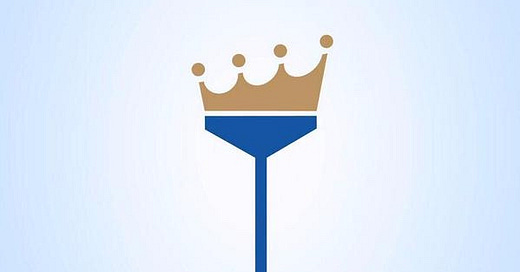





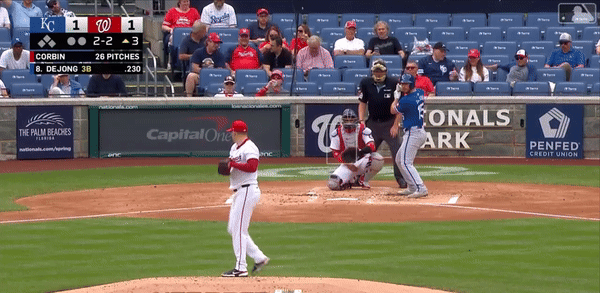
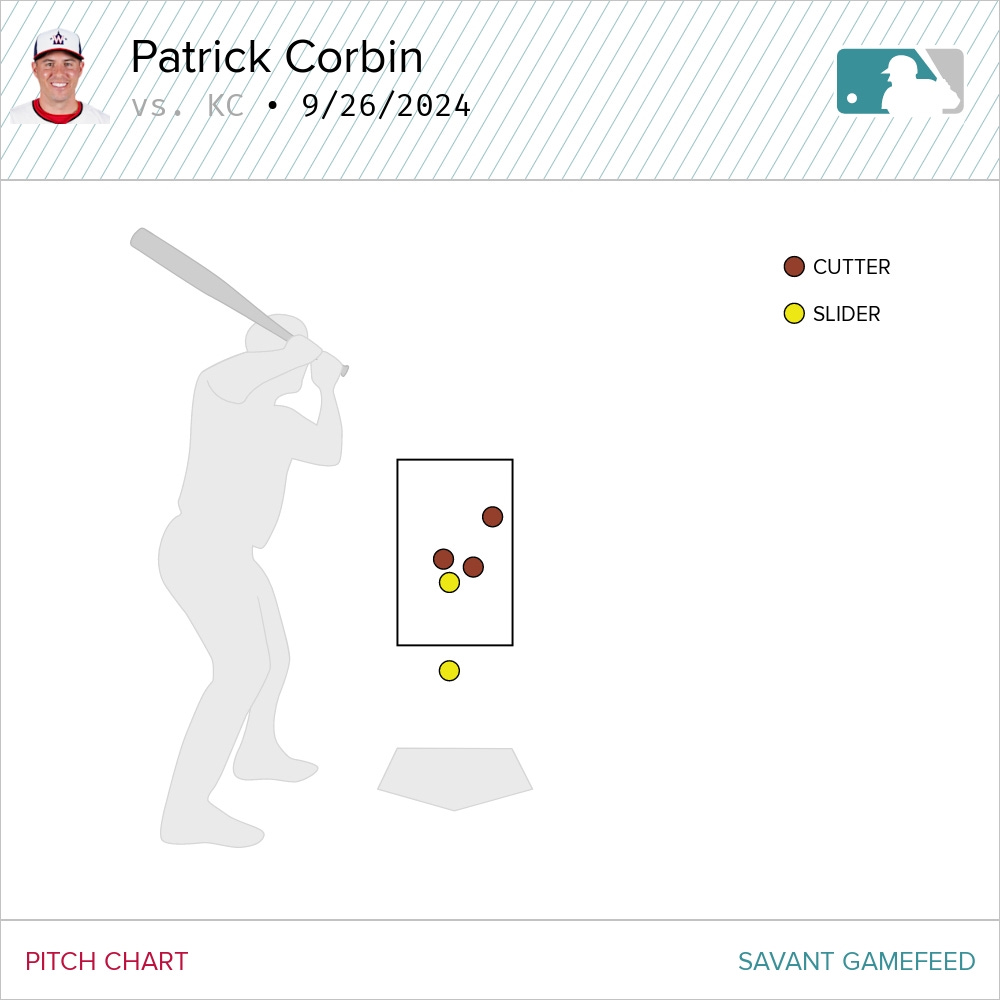

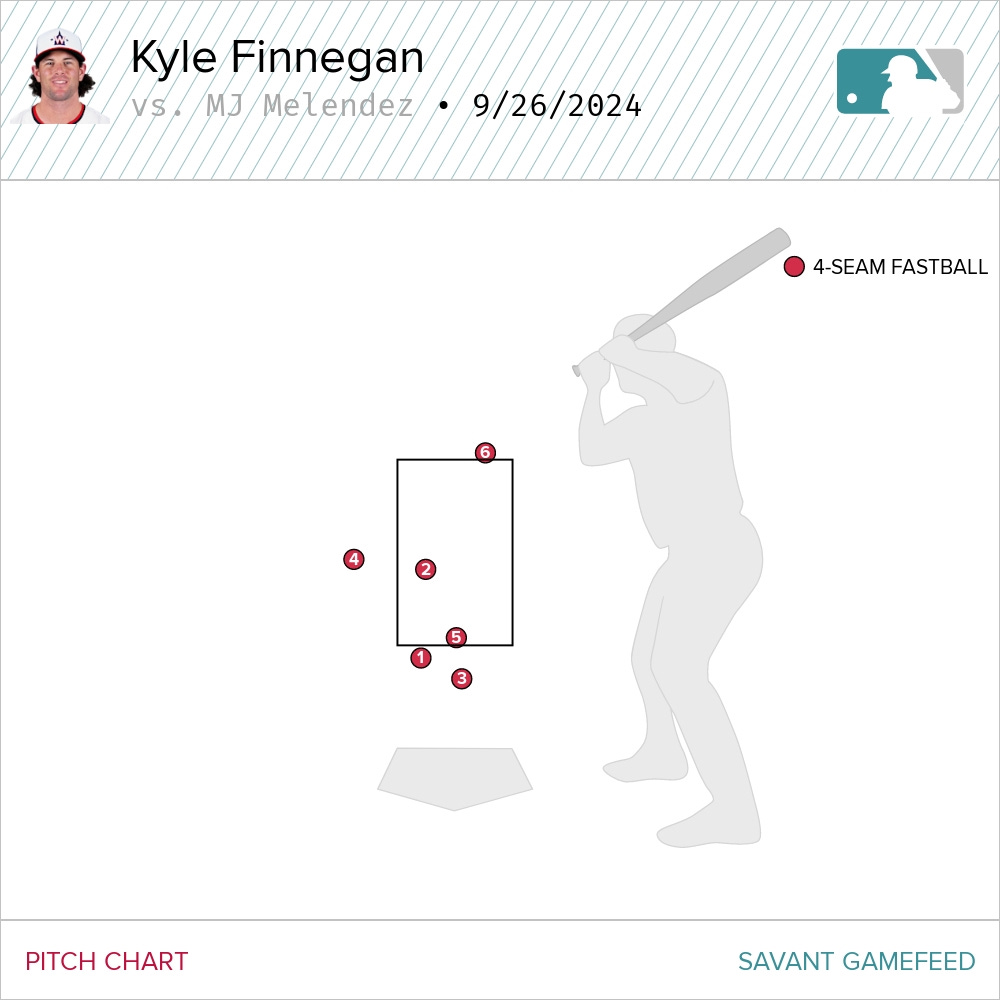
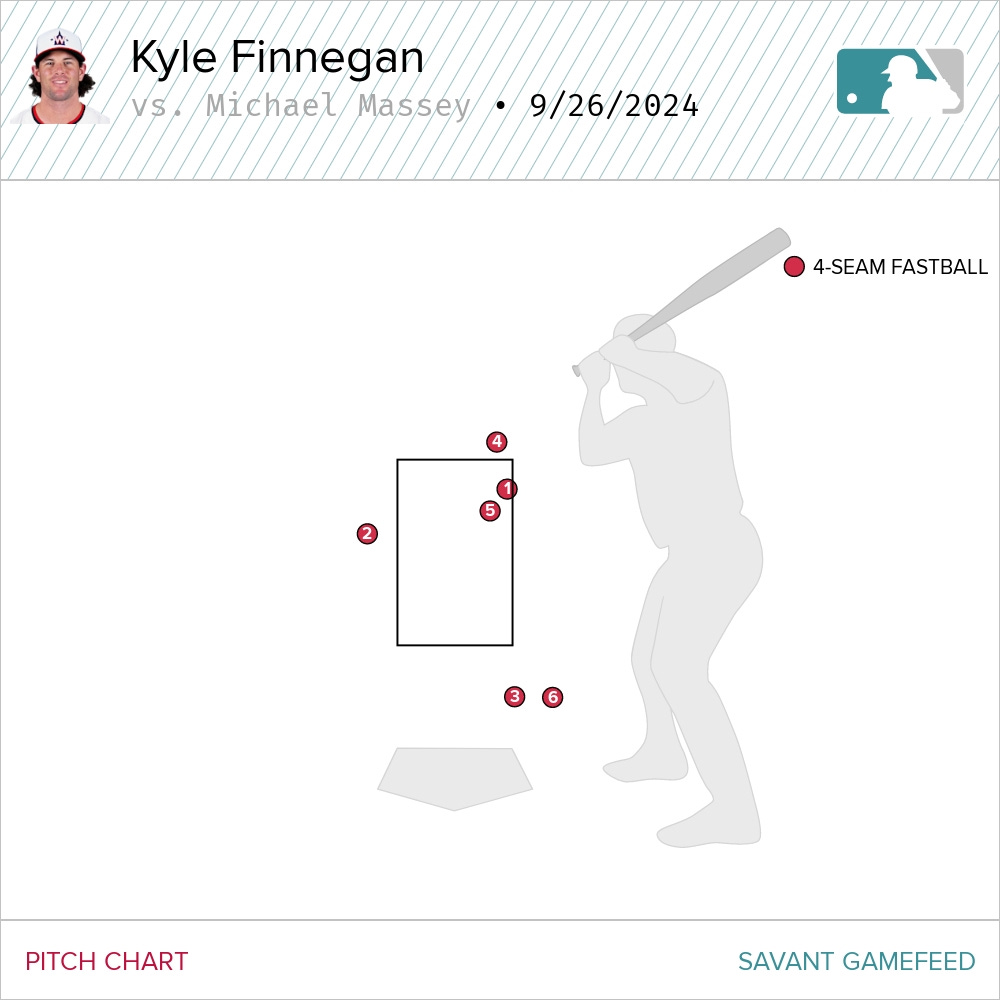
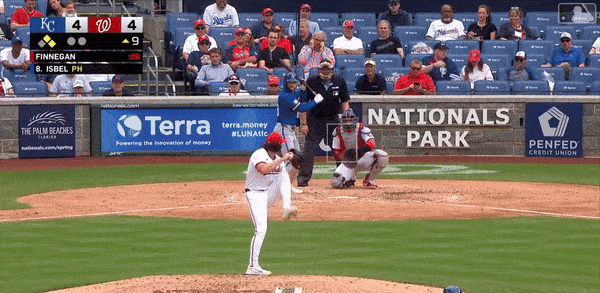


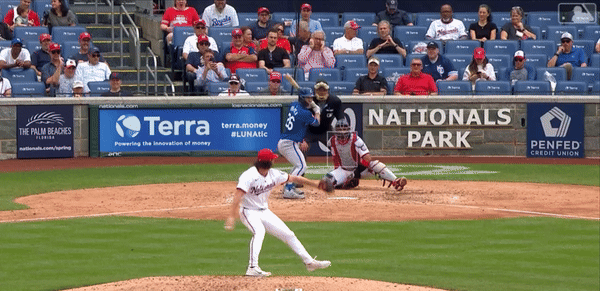
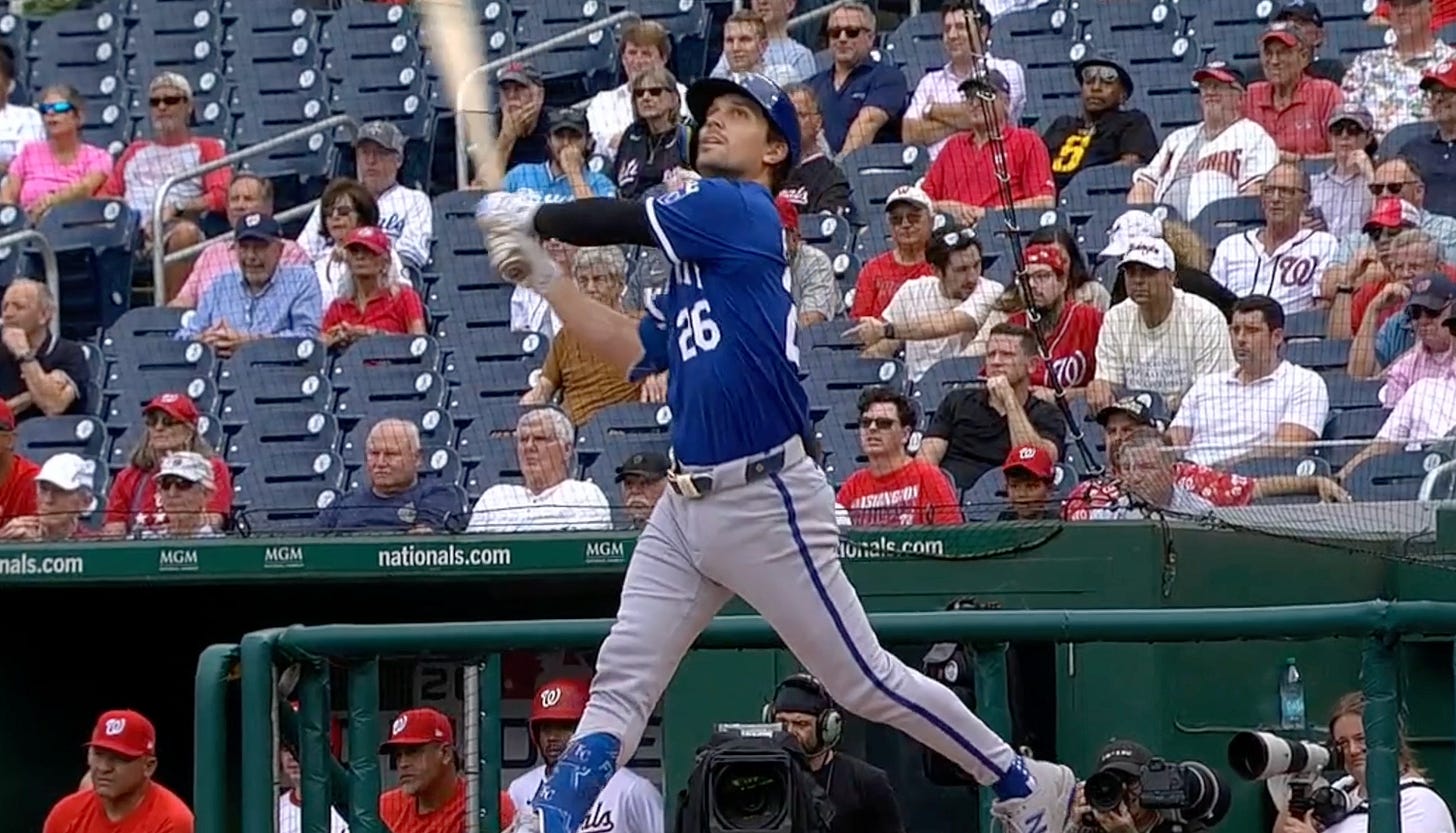




Adam Frazier, Royals legend.
Frazier’s at bat definitely gave off some 2014-15 vibes. When things are going right . . . I won’t take all the credit. Now they need to finish it off and have a playoff series against the O’s—so I can be there in person!